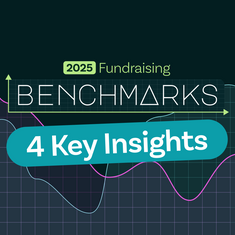
We’ve dug into our data and found 4 simple strategies you can use to dramatically increase your online fundraising in 2023.
Raisely recently held our 2023 Fundraising Benchmarks Virtual Summit. We loved gathering with hundreds of fundraisers and organisations to share what we’ve learnt and hear what’s been happening for them recently.
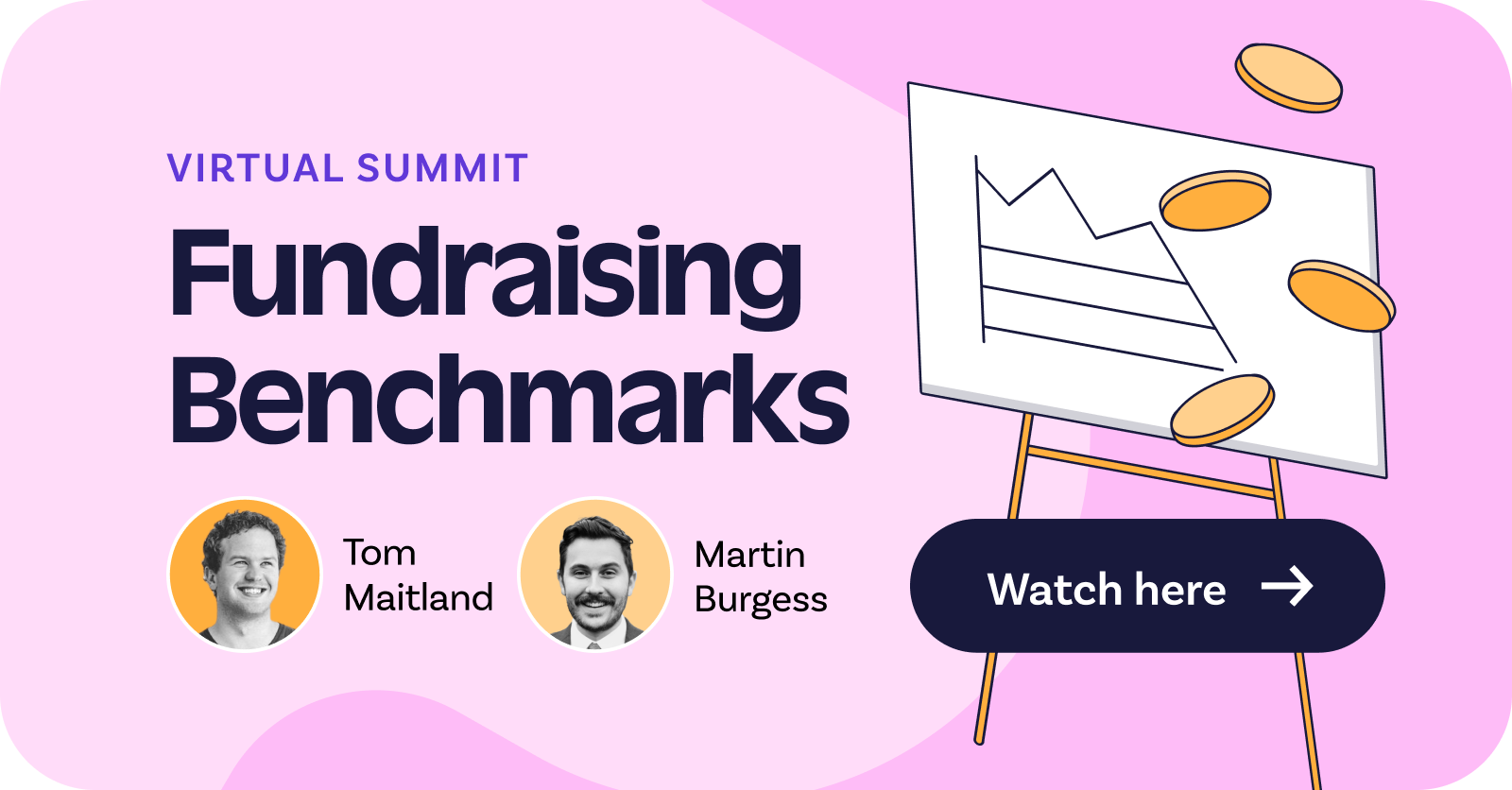
As part of the Virtual Summit we spent some time looking at our data and identified 4 strategies that are associated with dramatically increasing your online fundraising. These strategies are simple to implement and can be used by any organisation on just about any campaign.
How did we do it?
At Raisely, we take our responsibility to provide accurate and useful information to the sector seriously. We take the time to get our analysis right and only present information we’re confident represents what organisations that use our platform can expect.
For this analysis, we used a machine learning technique called generalised linear modelling (a kind of regression). We don’t want to send you to sleep with the technical details but here are the key points:
- Included data from more than 6000 fundraising campaigns on Raisely covering 1800 organisations (regression analysis compares all these campaigns simultaneously)
- Compared the four strategies outlined below
- Controlled for the organisation running the campaign (e.g. some organisations are bigger and have more resources)
- Control for the type of campaign (e.g. peer-to-peer campaigns tend to raise more than appeal campaigns)
The result of this is that we get conservative estimates of the impact of these strategies on campaign fundraising.
The four strategies
Looking at all our data we found four strategies associated with higher campaign fundraising. For each strategy we estimated the campaign fundraising multiplier - this is how many times higher total fundraising is for campaigns that use the strategy compared with those that do not use the strategy.
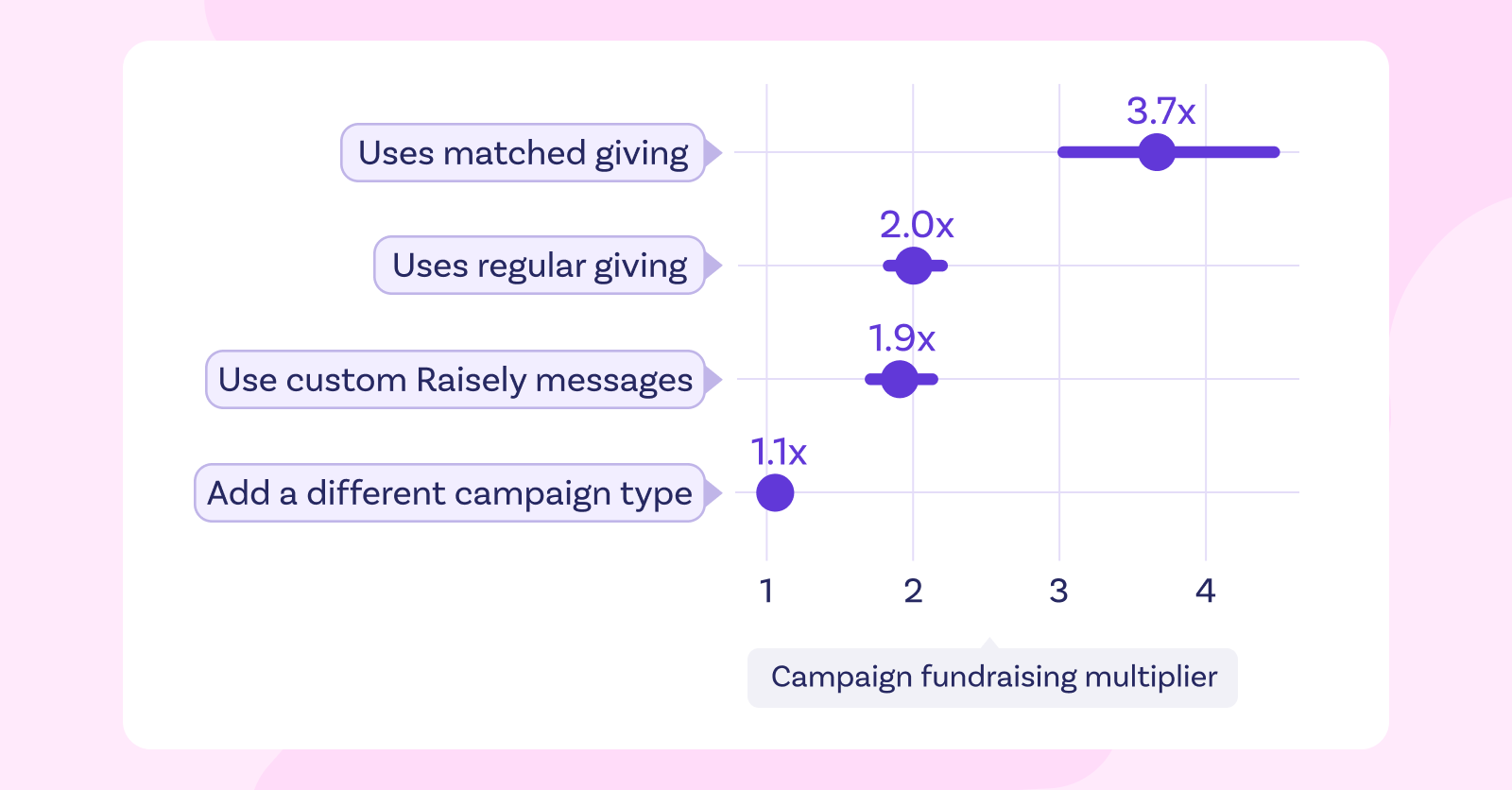
The four strategies are (we’ll detail each of these below):
- Leverage matched giving partnerships (3.7x fundraising compared with campaigns that don’t use matched giving)
- Invite donors to give regularly (2.0x fundraising compared with campaigns that don’t receive regular giving)
- Engage contacts with tailored communication (1.9x fundraising compared with campaigns that don’t use custom Raisely messages)
- Try a different type of campaign (1.1x (or 10% increase) for each different campaign type added)
1. Leverage matched giving partnerships
Matched giving is a strategy where a campaign partners with a company or wealthy donor to match fundraising from other donors, usually during a key moment of the campaign.
For example, a campaign might partner with a local business to match donations for a 48 hour period up to $50,000. For donors considering supporting the campaign this creates an extra reason to give - “if I give $50 now, the organisation will receive $100”.
Matched giving is used on roughly 4% of campaigns on Raisely, but those campaigns tend to raise dramatically more than campaigns that don’t use matched giving.
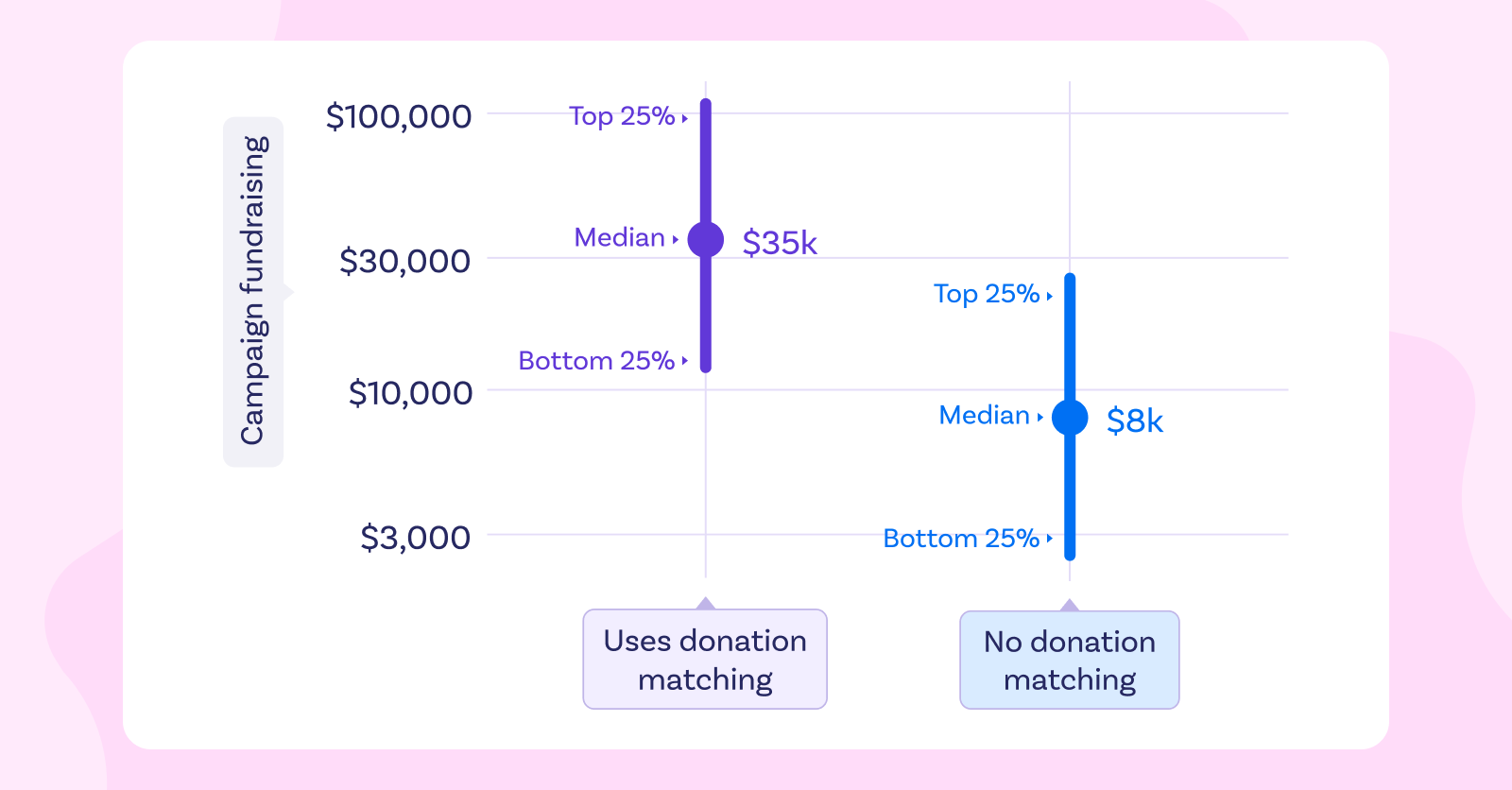
The median (or middle) campaign that used matched giving on Raisely raised around $35,000AUD. Importantly, this does not include the matching transactions so these campaigns would have raised even more. For comparison, the median campaign that didn’t use matched giving raised around $8,000AUD (less than a quarter). This is why when we run our regression model using matched giving is associated with 3.7x increase in fundraising.
🔥 Leveraging a matched giving partnership can be a great way to create excitement and increase the impetus for supporters to donate during a key moment in your campaign. It’s important that when you set up your matched giving period you tell donors about it through your comms channels so they can take advantage.
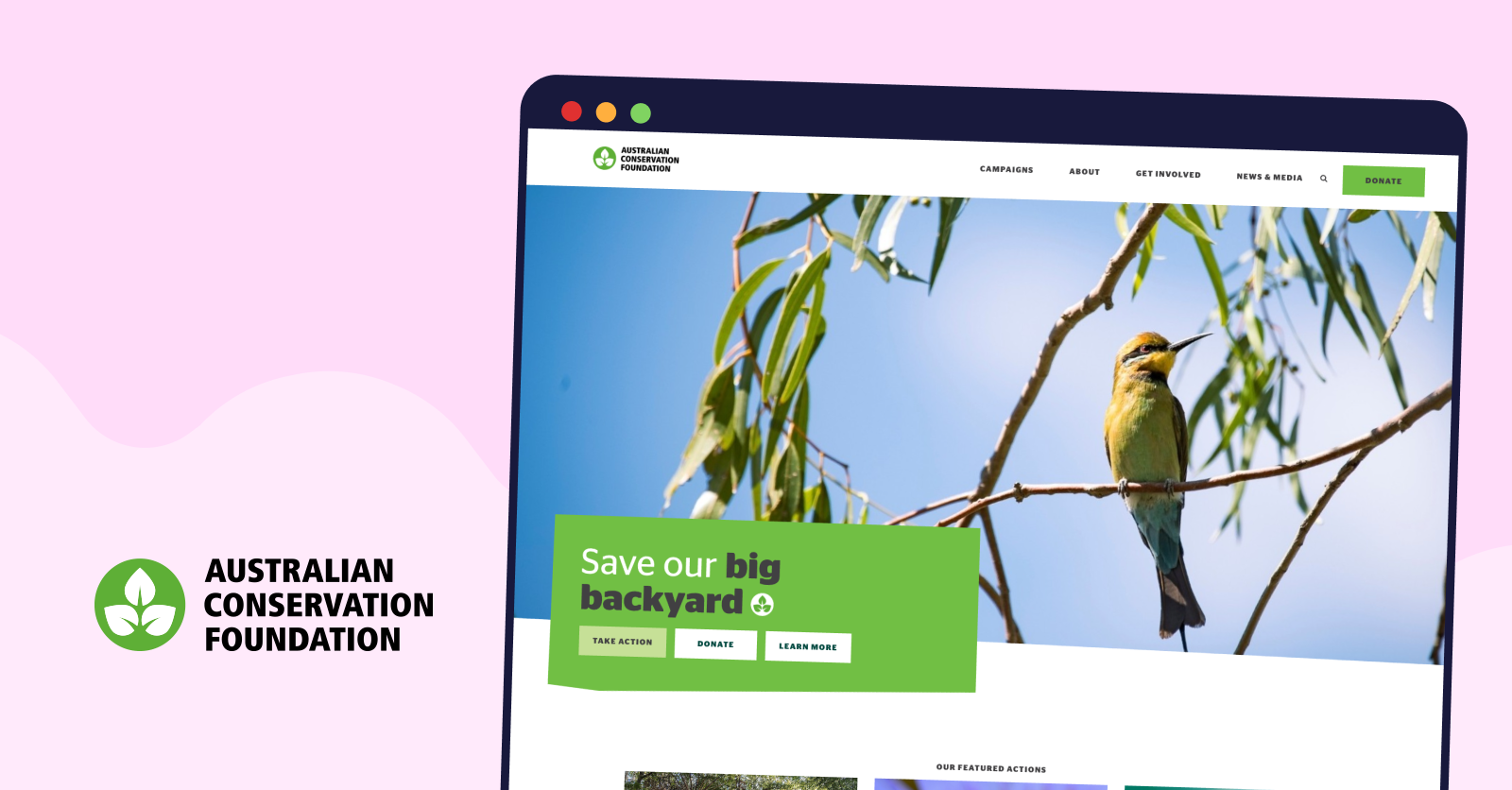
Australian Conservation Foundation’s first ever giving day raised over $500K in less than 24 hours in 2022. How? Matched Giving! They not only surpassed all of their matching funds, but raised an additional $200,000 of unmatched donations on the giving day. Check out their 2023 appeal where every dollar they received was matched over a 24 hour period.
2. Invite donors to give regularly
Regular giving involves supporters committing to donate to your organisation regularly. This might mean a supporter signs up to give $10 per week or $50 per month.
Regular giving is enabled by default on all campaigns built on Raisely but only 32% of campaigns actually receive any regular giving. These campaigns typically prompt donors to give regularly and demonstrate the value it provides for the organisations.
Regular giving is a great way to create a steady stream of revenue for your organisation and maximising the amount a supporter contributes over an extended period of time.
Looking at our data, the expected length of an individual participating in regular giving is around 23 donations. Consider an individual giving $50 per month, we expect they’ll participate for just under 2 years and contribute a total of $1150.
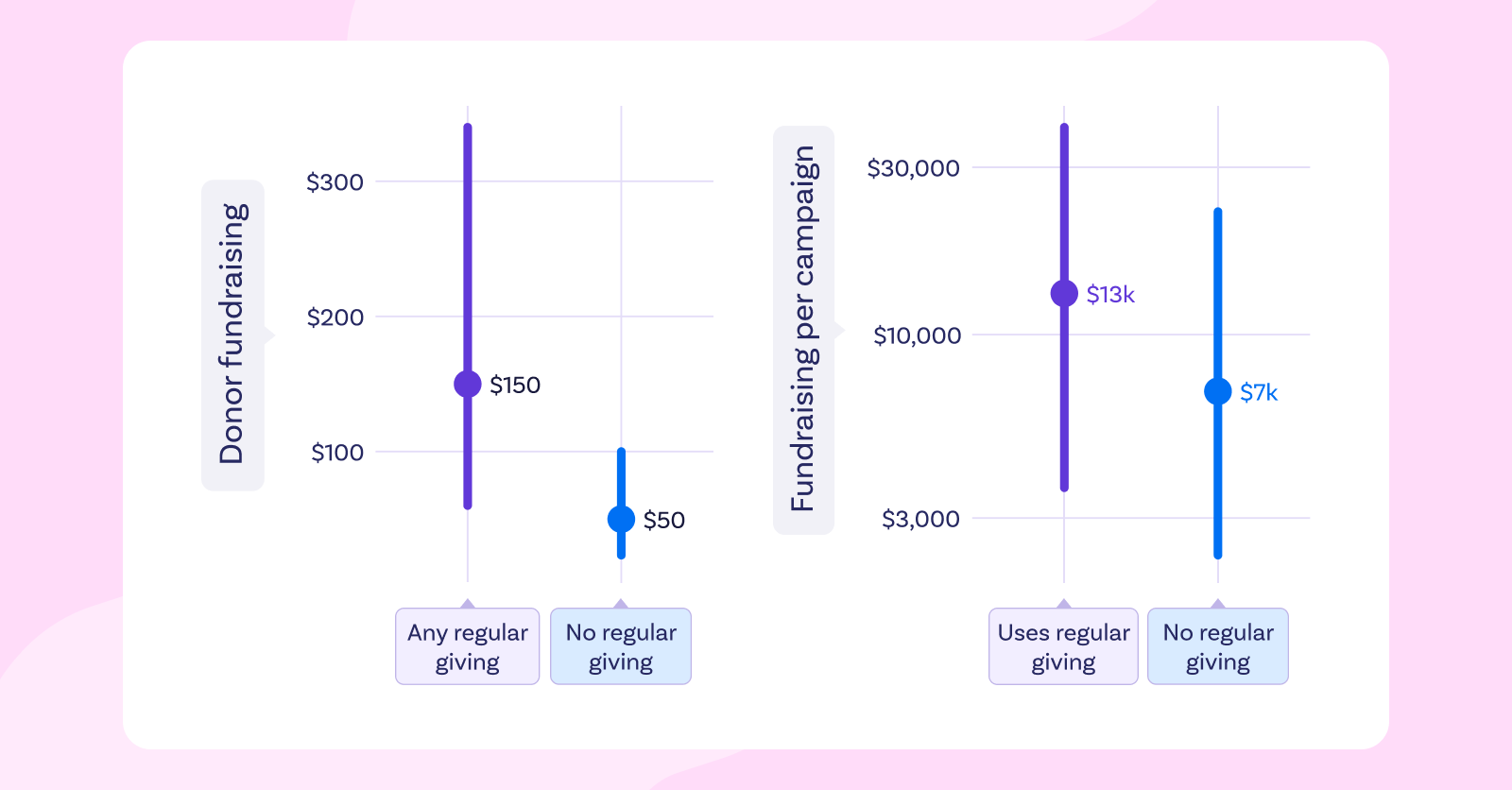
We compared donors who participate in regular giving and donors who are not involved in regular giving by adding up the total fundraising from each donor over all transactions they’ve made through Raisely.
The median donor who participated in regular giving contributed $150AUD. In comparison, the median donor who did not participate in regular giving contributed a total of $50AUD. There is also a high ceiling on regular giving fundraising with 25% of donors who participate in regular giving giving over $340AUD.
These contributions from regular givers add up to substantial differences in fundraising across the whole campaign. Our regression analysis indicates that campaigns that receive regular giving typically raise double the amount as those that do not use regular giving. Comparing campaigns directly, the median campaign that uses regular giving typically raises around $13,000AUD compared with $7,000AUD for campaigns that do not use regular giving.
🔥 Consider creating an appeal focussed around converting one-off donors to regular donors. Write communications that demonstrate the impact of regular giving and the difference it can make for your organisation.
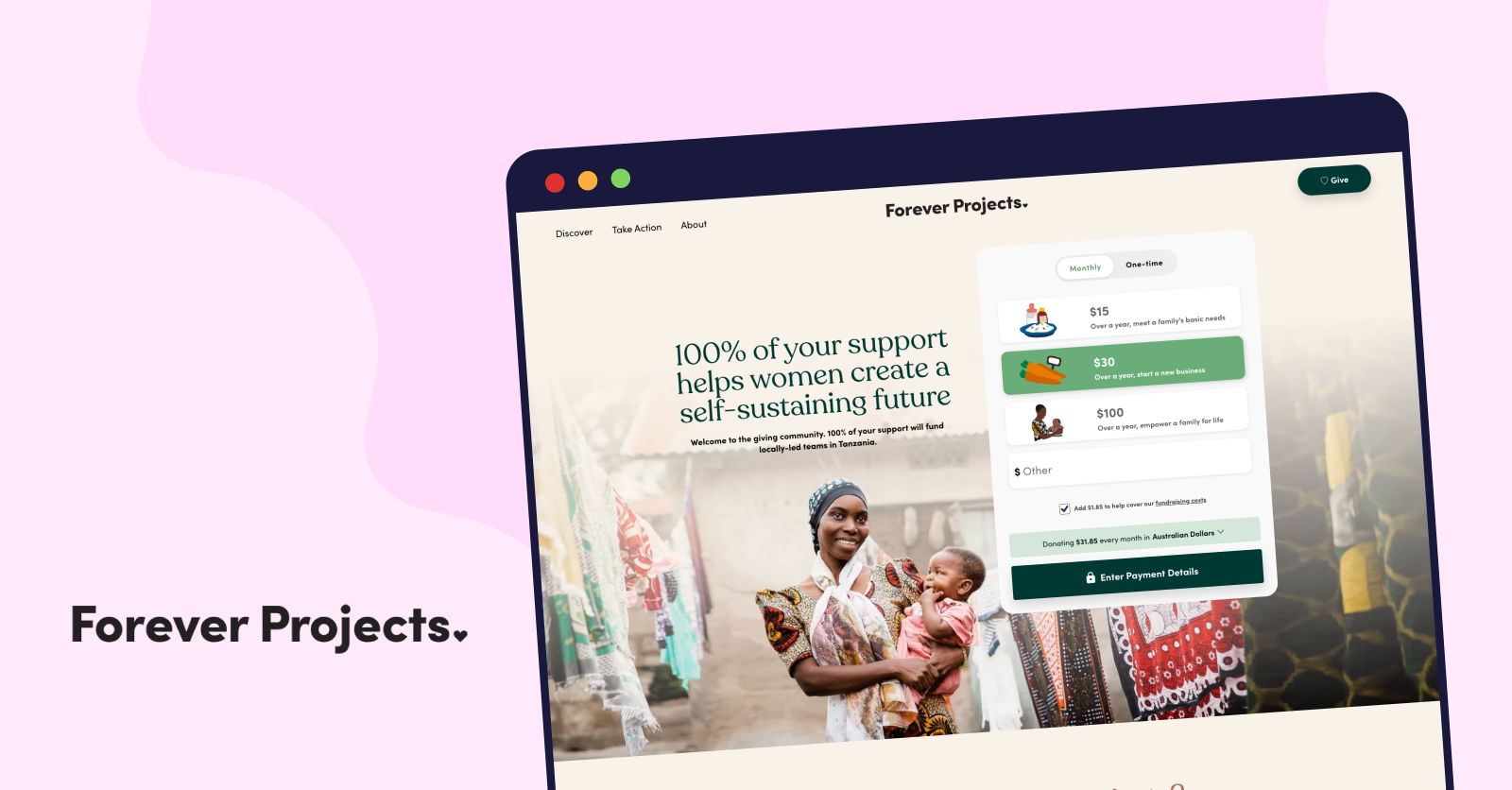
Forever Projects’s is a wonderful example of making regular giving a default on their donation form. They also include dollar handles by communicating the impact for each donation amount after a year of monthly giving. This is a simple yet very effective way to convert one-off donors to regular givers!
3. Engage contacts with tailored communication
Raisely comes in built with a bunch of default Messages that can be used to communicate with donors and fundraisers for peer-to-peer campaigns. We also offer an add-on called Raisely Messages which enables you to create custom messages to communicate with your database of contacts.
We see organisations using Raisely Messages for a whole range of communications including:
- Inviting donors to support their latest appeal
- Inviting their supporter base to become fundraisers for a peer-to-peer campaign
- Communicate the impact fundraising is having for the organisation (e.g. regular newsletter)
Our regression analysis found campaigns that use Raisely Messages to create custom messages for their database typically raise 1.9 times the amount as those that do not use Raisely Messages.
Of course, there are other platforms that can be used to communicate with your database and many of these integrate with Raisely (e.g. you can link Raisely with MailChimp using our Zapier integration). We expect these might have similar results, unfortunately we don’t have the data to check.
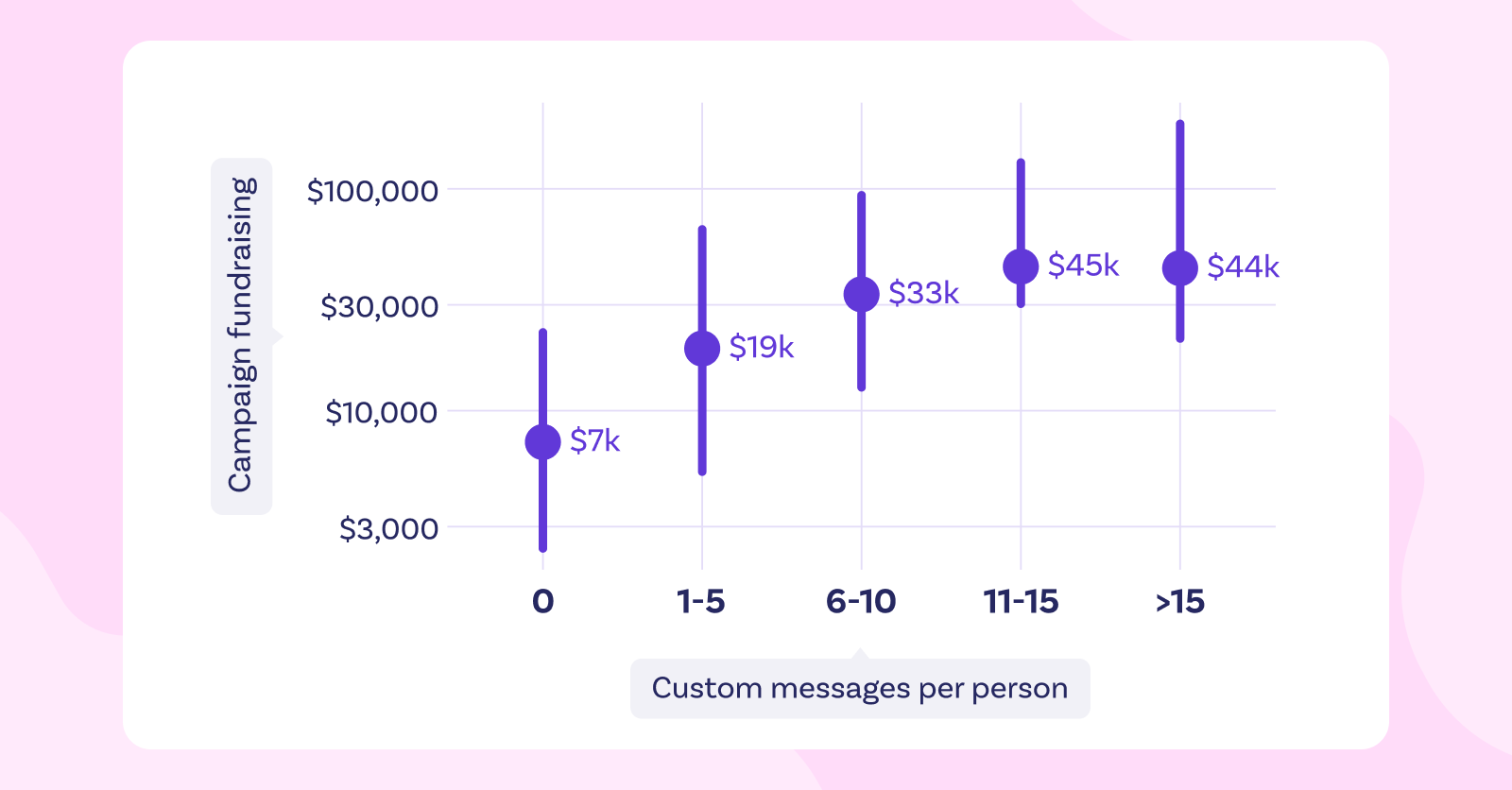
When we dig into the number of messages per contact across a campaign and the amount of fundraising the campaign receives, we see a strong relationship - the more messages, the more fundraising. A couple of things to keep in mind:
- While these numbers may seem like a lot, they roughly work out to one message per person per week. That is, if you’re running a 10 week campaign, you want to consider contact your database with a message once per week sending a total of 10 messages to each of your contacts
- Consider segmenting your audience and sending tailored communication to each. For example, you might create a segment for donors who have given a large contribution in the past and use tailored messaging encouraging them to give again
- The trend starts to slow down above 10 messages per person - very few campaigns are in this range. This indicates there are limits on how many times you can reach out to your contacts.
🔥 Engage your contacts with tailored communication. You might segment your audience into a few broad categories and created tailored journeys for each of them to invite them to participate in your campaign.
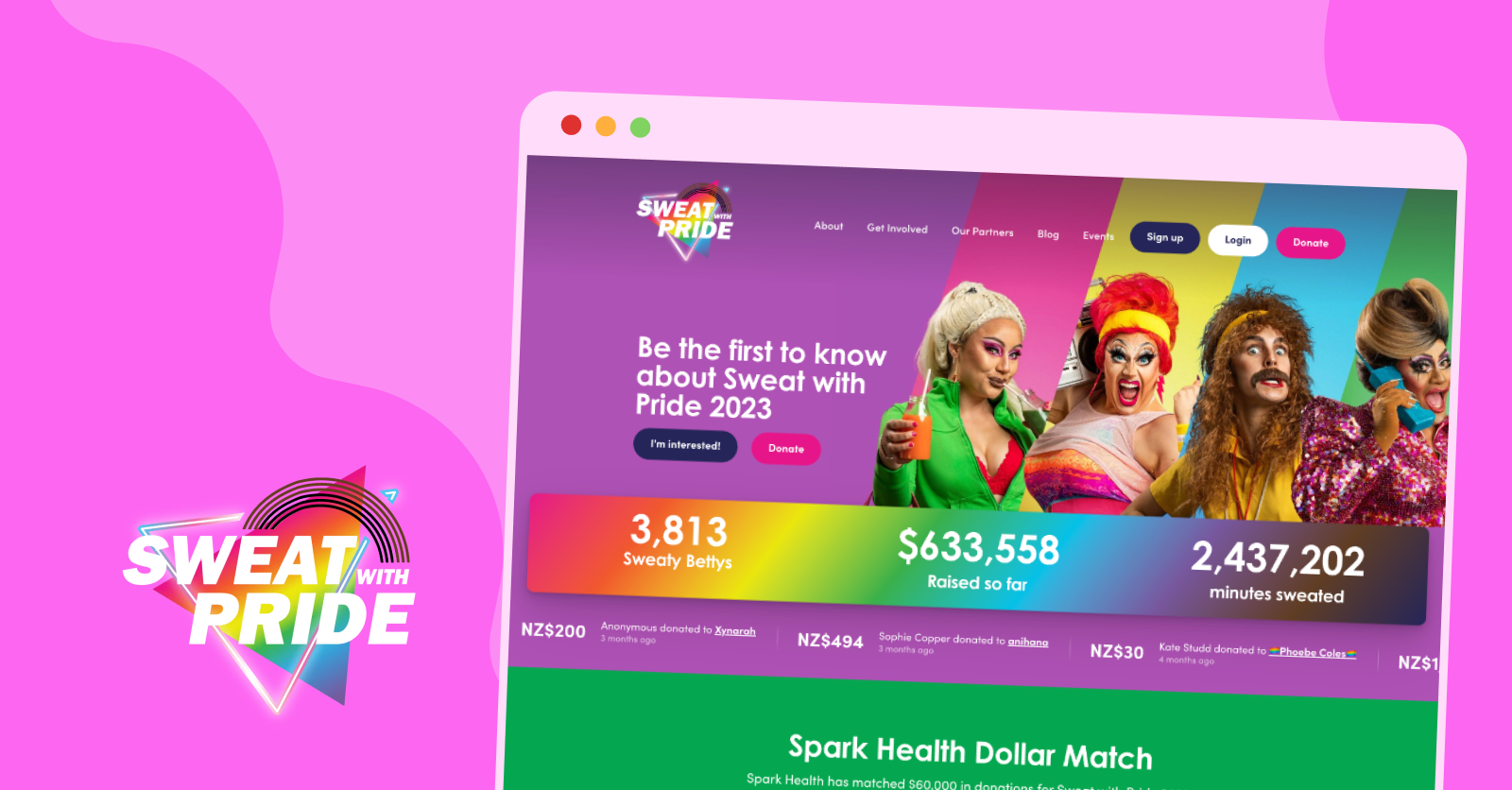
Burnett Foundation set up a plethora of custom journey’s for their Sweat with Pride peer-to-peer campaign. Their onboarding journey for fundraisers coached them through setting up their fundraising page and provided tips on earning their first $1. They encouraged them to make a self donation, share their page on social media and upload a profile picture, all of which are associated with increases in activating and profile fundraising. Sweat with Pride successfully surpassed their total fundraising goal by 27% in their 2022 campaign.
4. Try a different type of campaign
Our final data-driven strategy to consider for your next campaign is - try something different.
At Raisely, we break campaigns into four broad categories:
- Peer-to-peer campaigns that involve fundraisers raising money to support your organisation
- DIY campaigns that empower fundraisers to create their own campaign
- Appeals that can be everything from a Giving Days, regular giving appeals, seasonal appeals and rapid response appeals
- Donation forms that are embedded on other sites
We find organisations that do a mixture of these different campaign types tend to raise more per campaign compared with organisations that just do one or two of these campaign types.
In our regression analysis, we find adding a different campaign type into an organisation’s mix adds around 10% to the expected fundraising of all of their campaigns. For example, if you’ve typically run appeal campaigns, you might try running your first peer-to-peer campaign. This can be a great way to find new supporters. Or you might have run a couple of appeals but not have a donation form embedded on your primary website - adding that can be a great new source of revenue.
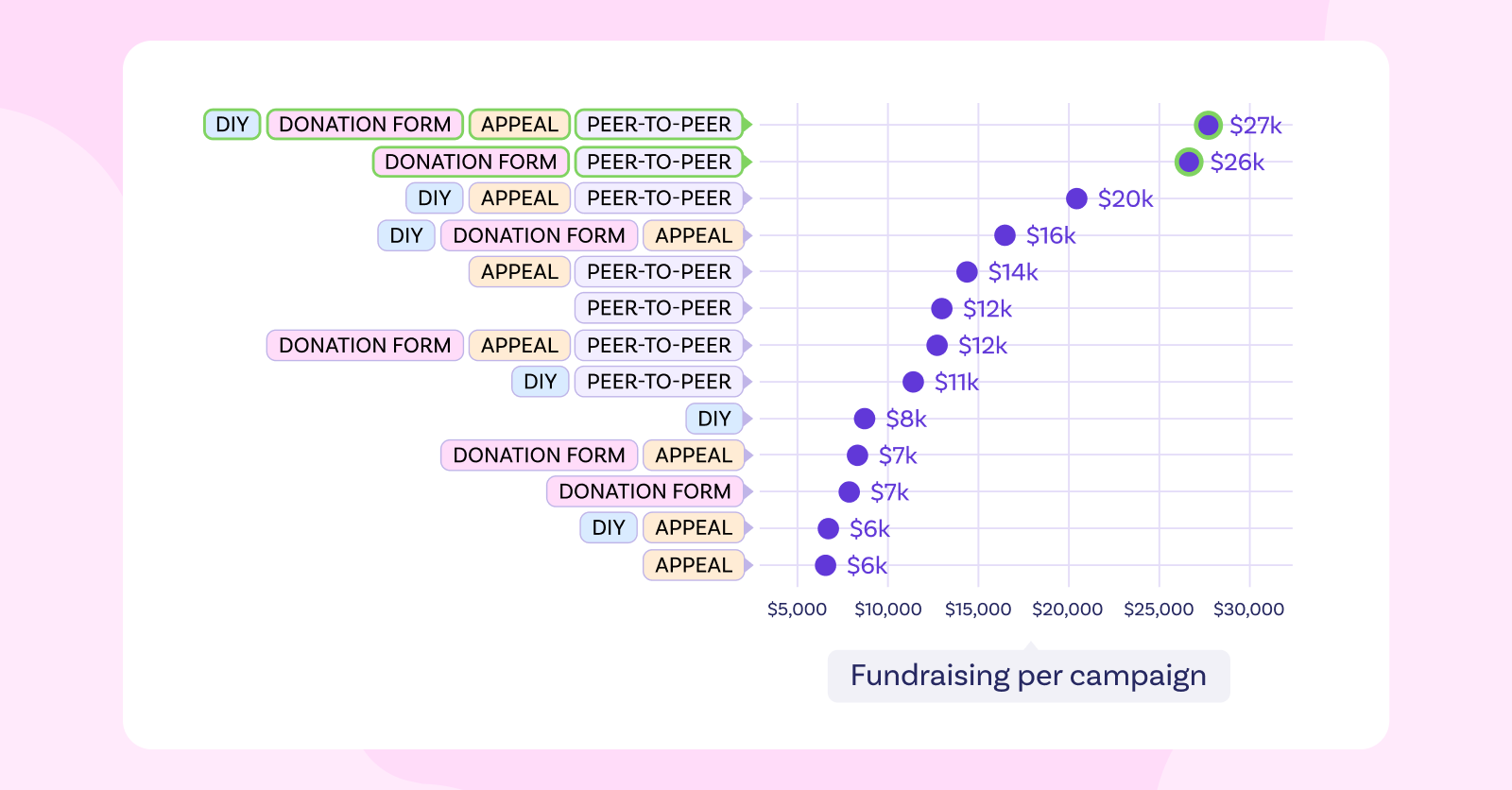
Here we break organisations down based on the types of campaigns they run on Raisely. For each organisation, we’ve calculated their fundraising per campaign. The dot represents the median campaign for each group of organisations. There’s a clear trend that organisations that use Raisely for a mix of campaign types tend to raise more per campaign.
🔥 Adding a new and different campaign to your mix can be a great way to find new donors and provides the opportunity for existing supporters to give again. Why not try something you’ve never done before - Raisely will be there to support you along the way.
Try one (or all) of these strategies on your next campaign
You’ve now got the low-down on four data driven strategies you can use when thinking about your next campaign.
- Leverage matched giving partnerships
- Invite donors to give regularly
- Engage contacts with tailored communication
- Try a different campaign type
The only thing left is to put them into practice!
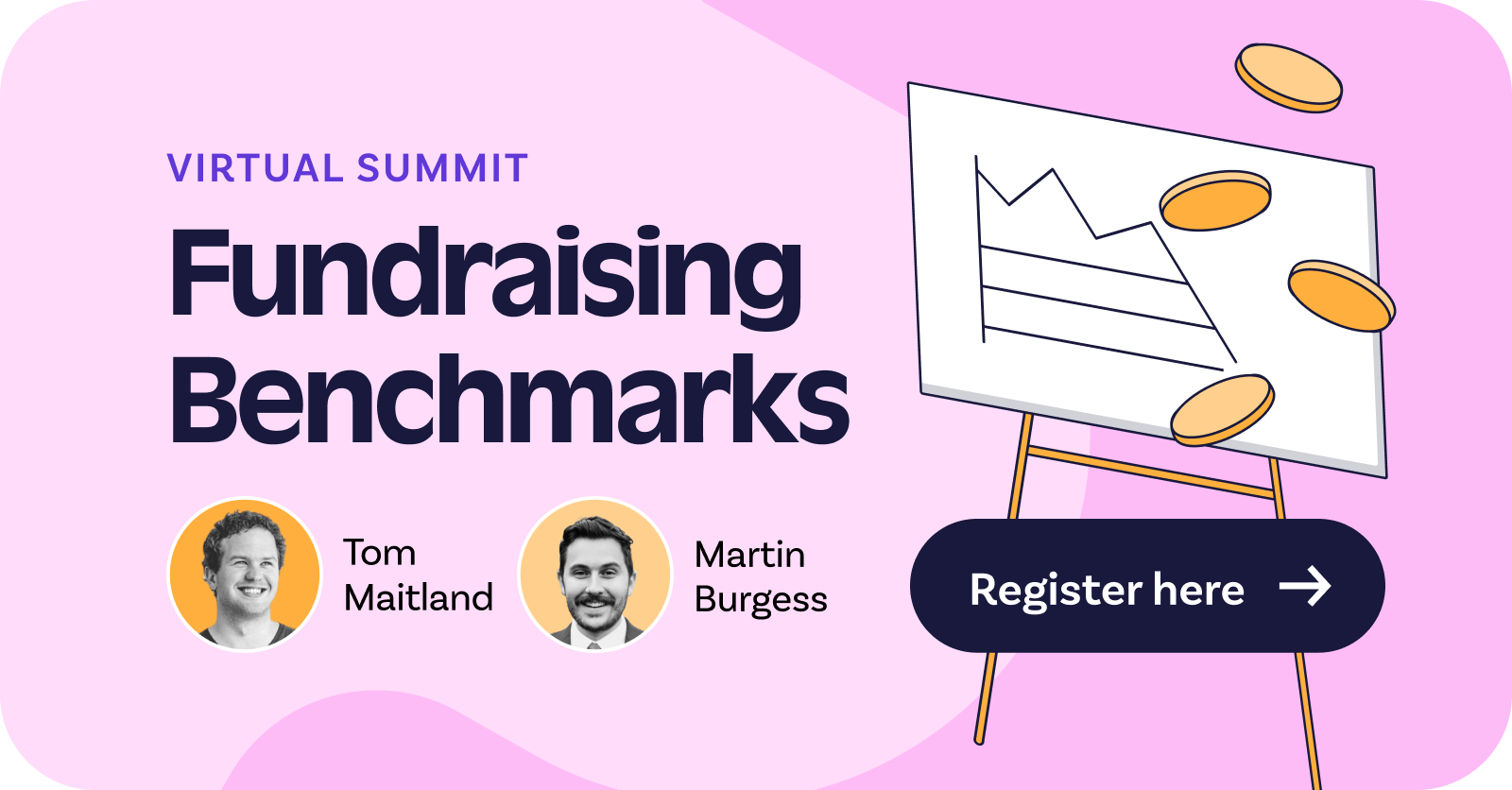

Head of Data at Raisely.




